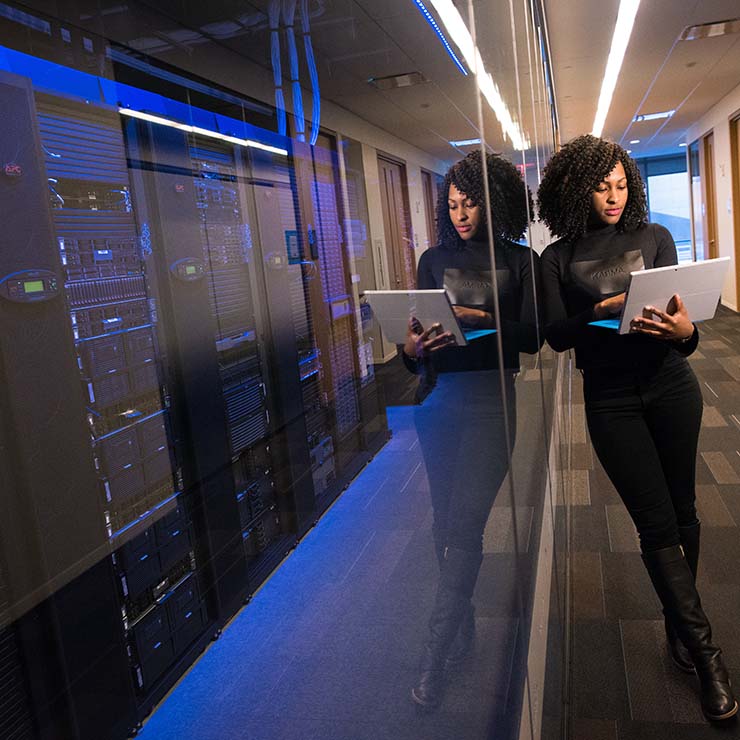Employers across the country have embraced working from home. As we enter the third year of the pandemic, it’s clear that for many businesses a full return to the office is unlikely. Instead, remote and hybrid models are quickly becoming the norm, and there’s every reason to expect these trends will continue.
This is a positive development for employers and workers alike in terms of greater flexibility and new opportunities. But it doesn’t come without risks. As more people work from home computers and public networks, email security has become more important than ever.
If you want to continue reaping the benefits of these new working arrangements, it’s important to make sure you shore up your security as well. Here are five tips for protecting your organization
Tip #1: Institute Multi-factor Authentication
Relying on nothing but a username and password leaves canyon-sized security gaps; multi-factor authentication (MFA) closes those gaps by requiring more—usually a one-time password sent by email, in a text, or through an app. Other factors, like a fingerprint or voice recognition, may serve the same purpose. MFA lets you layer on security, putting further gates between your information and its unauthorized use.
Tip #2: Protect Your Business with Spam and Phishing Email Detection
As spam and phishing attacks grow more sophisticated, the risks to your business increase. Unfortunately, it only takes one misstep by a single employee for your entire network to be compromised. The best way to prevent such attacks is by ensuring junk emails never make it to your users in the first place. If you don’t already have such filters in place, now is the best time to do it.
Tip #3: Make File-Sharing Easy and Safe
One of the biggest vulnerabilities companies face comes from inconsistent file-sharing methods. If you don’t have a system already in place, your people will find their own workarounds—most likely some combination of attachments and third-party sites. Unfortunately, this teaches your people to put too much faith in third-party applications, which can lead to mistakes. By providing your team an easy, secure platform for sharing files by email, you can help them avoid taking risks with your data.
Tip #4: Employ Security Scans for Email Attachments
While we’re on the subject of file sharing, let’s also talk about the risk posed by email attachments. It’s a common way for malware to spread: one person’s inbox gets infected, then sends out malicious attachments to every one of their contacts. As more people download the file, the malware spreads exponentially. But you can nip this one in the bud with security scans that check every attachment for the tell-tale signs of a cyberattack.
Tip #5: Provide Email Security Training
A well-trained workforce remains one of the best lines of defense against cyberattacks. To be sure, many of the problems listed above have technology solutions. But if your people understand the basic rules of email security, they can stop the attacks before they happen.
Don’t let remote work become an excuse to let training slide. Instead, use it as an opportunity to remind your team that, even while working apart, we’re all still in this together.
You can achieve a comprehensive cybersecurity solution. We can help.
Share:







